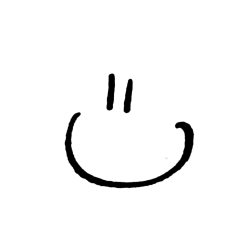After a crit on competition & its inevitability...(?)
I believe competition (especially in a capitalist frame) to be an inherently colonial practice.
Reflecting on the first ‘multi-national corporations’, a rush to extort resource was at the heart of the Indies companies of certain European nations.
And when we consider certain European nations, artistic genius of the Renaissance appeared after war and squaller. Through master-apprentice exchange, classical works emerged.
This may be a flat reading of history but I believe it illustrates a certain point.
We can choose to see resource as finite for extraction.
Zero sum neoliberalism.
Or we can consider how much space we need, and build with enough for others near and around is. Build each other up when we like what the other is doing. Build big or small, it doesn’t matter, because the greatest artists are not (necessarily) defined by size or rarity of materials.
While certain 0 sum situations exist and competition dominates these environments (any ‘Head of’ position), there must be a way for even these spaces to exist where the creation is at the core.
The problem and solution, or feeling to explore and connect.
It doesn’t matter what the art is, music artists are as important as visual ones.
and in 2022, there is enough resource to go around, so why not just do what you can and focus on what you want to do?
Competition is about taking what is there.
Collaboration is about giving as much as you feel comfortable.

